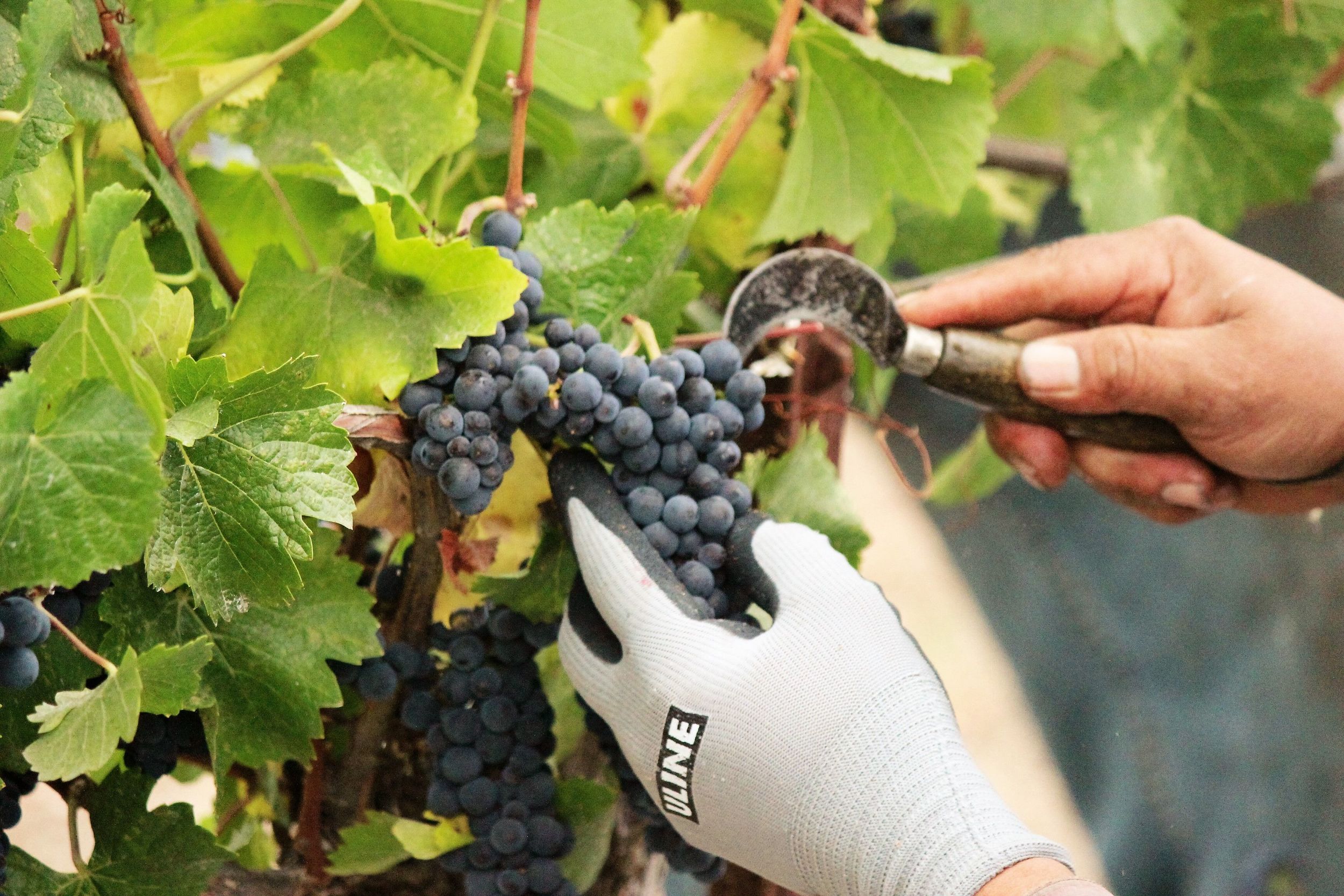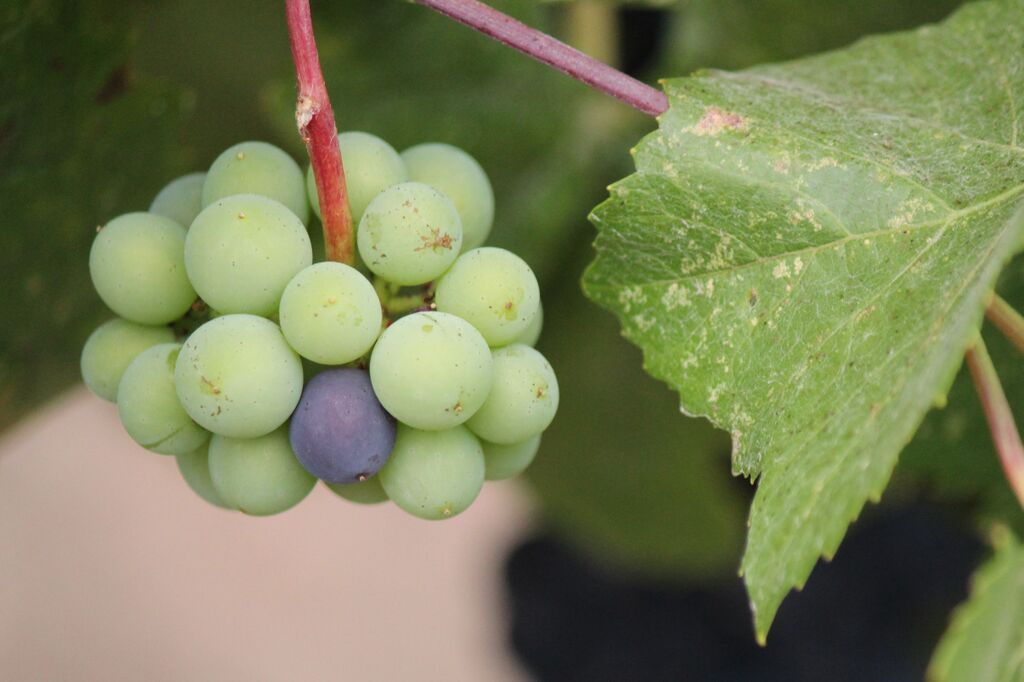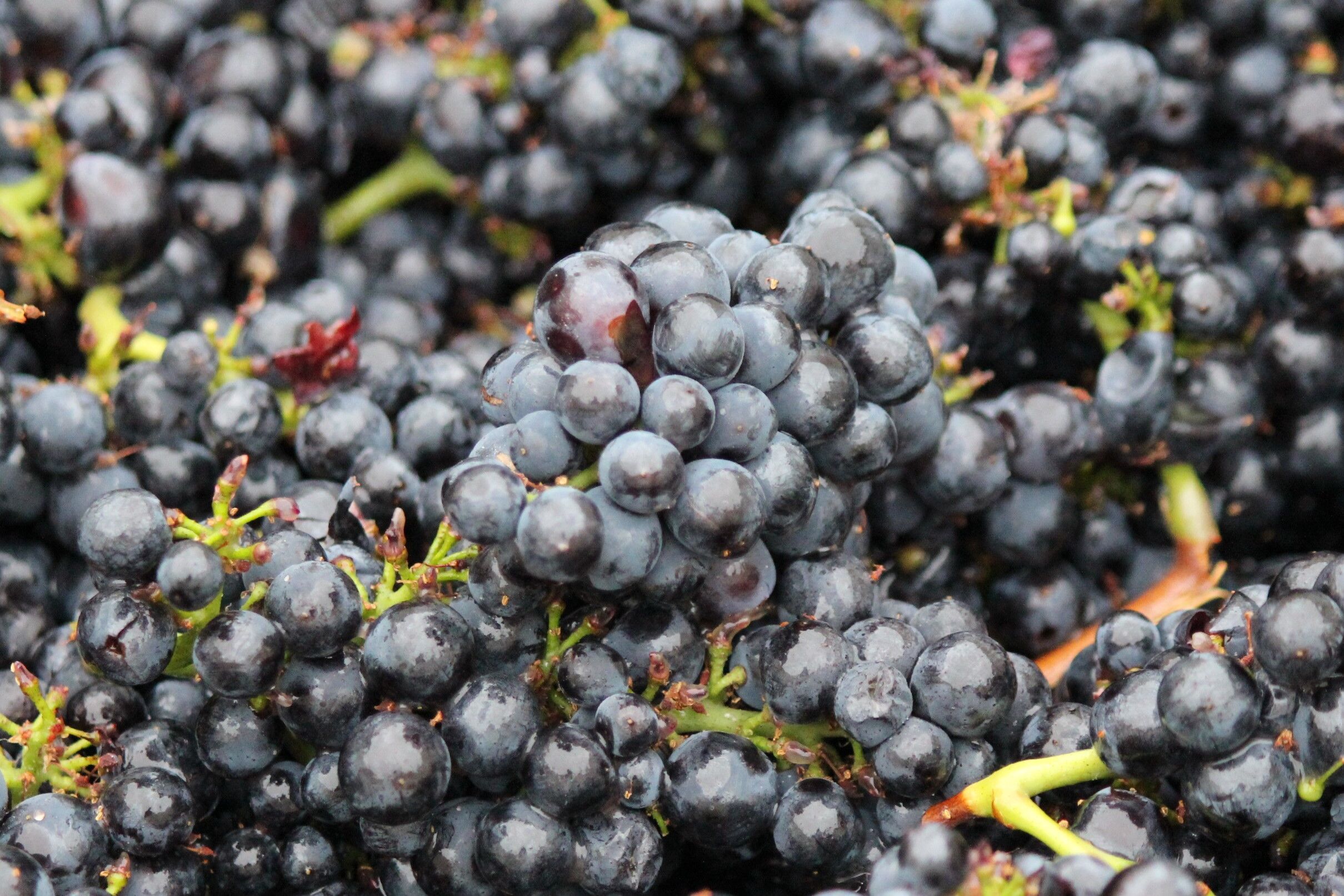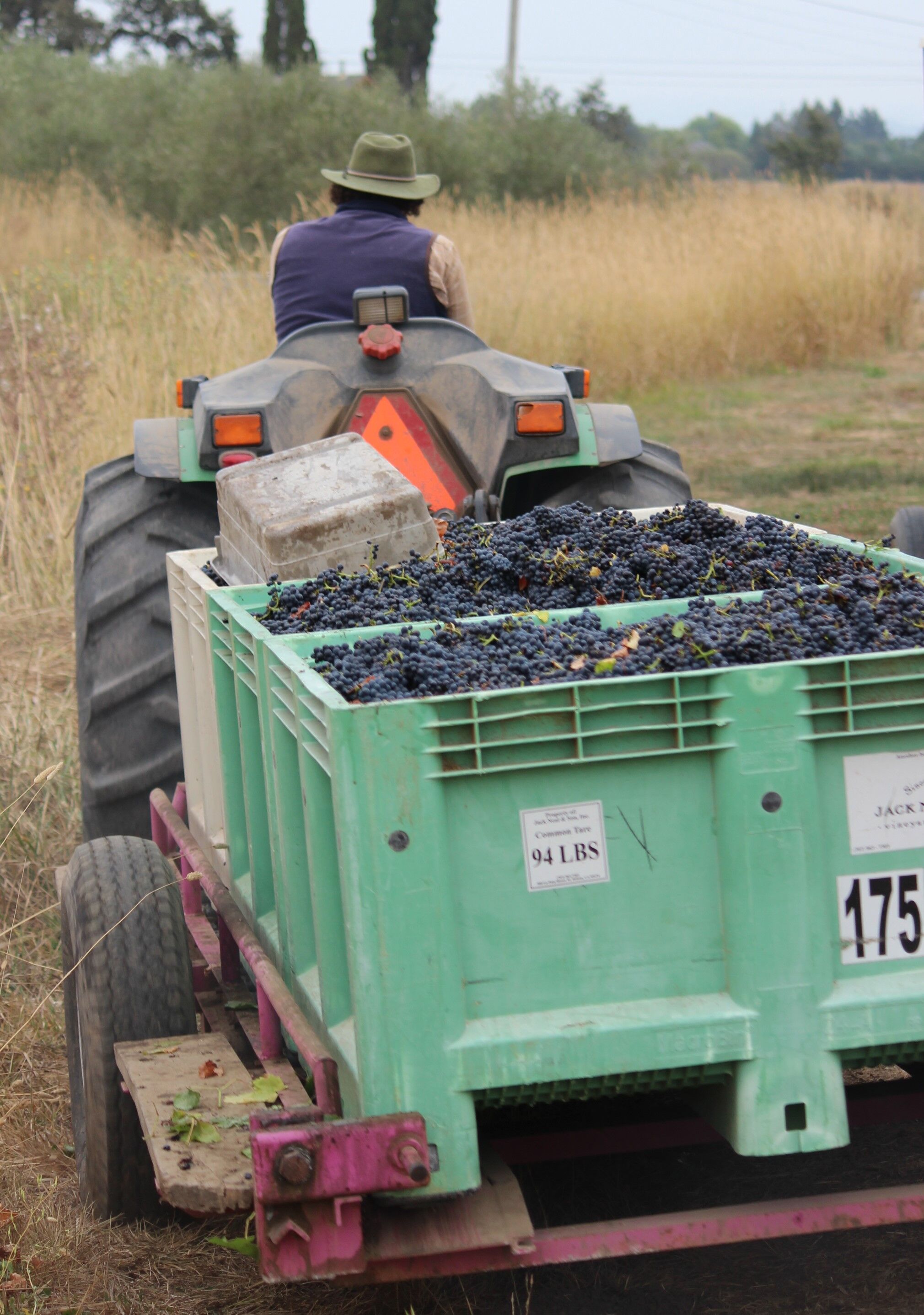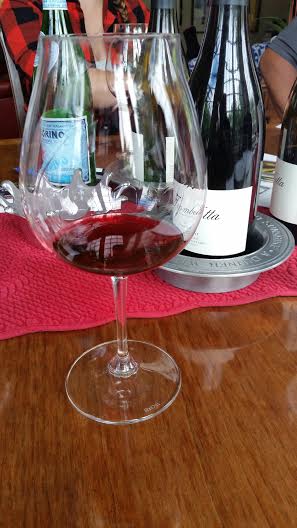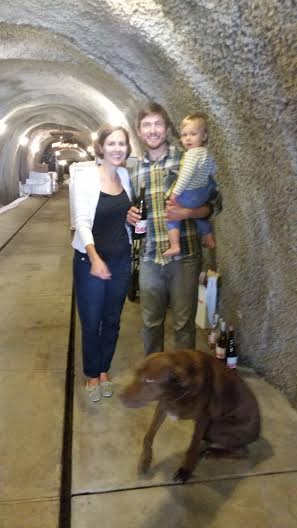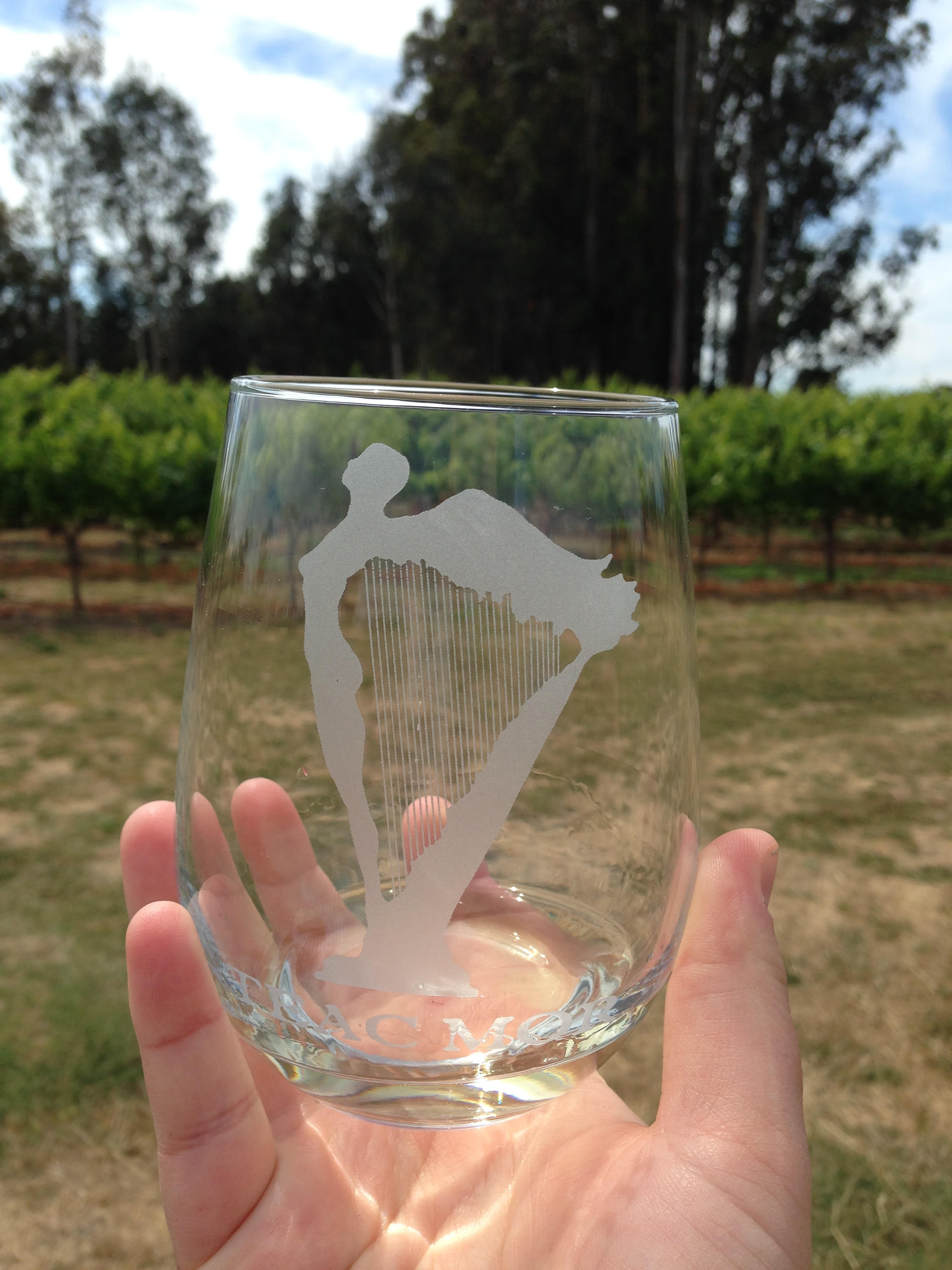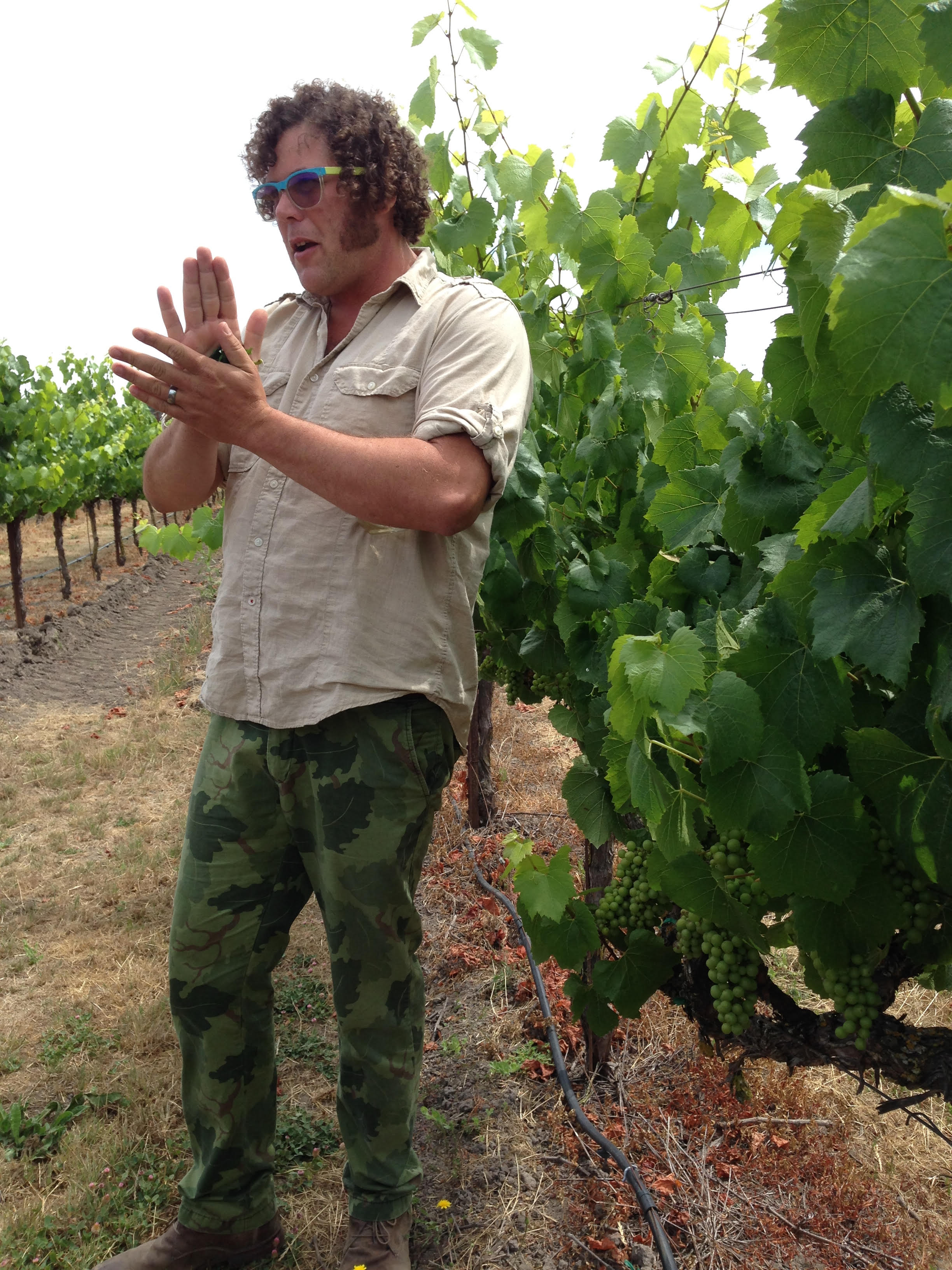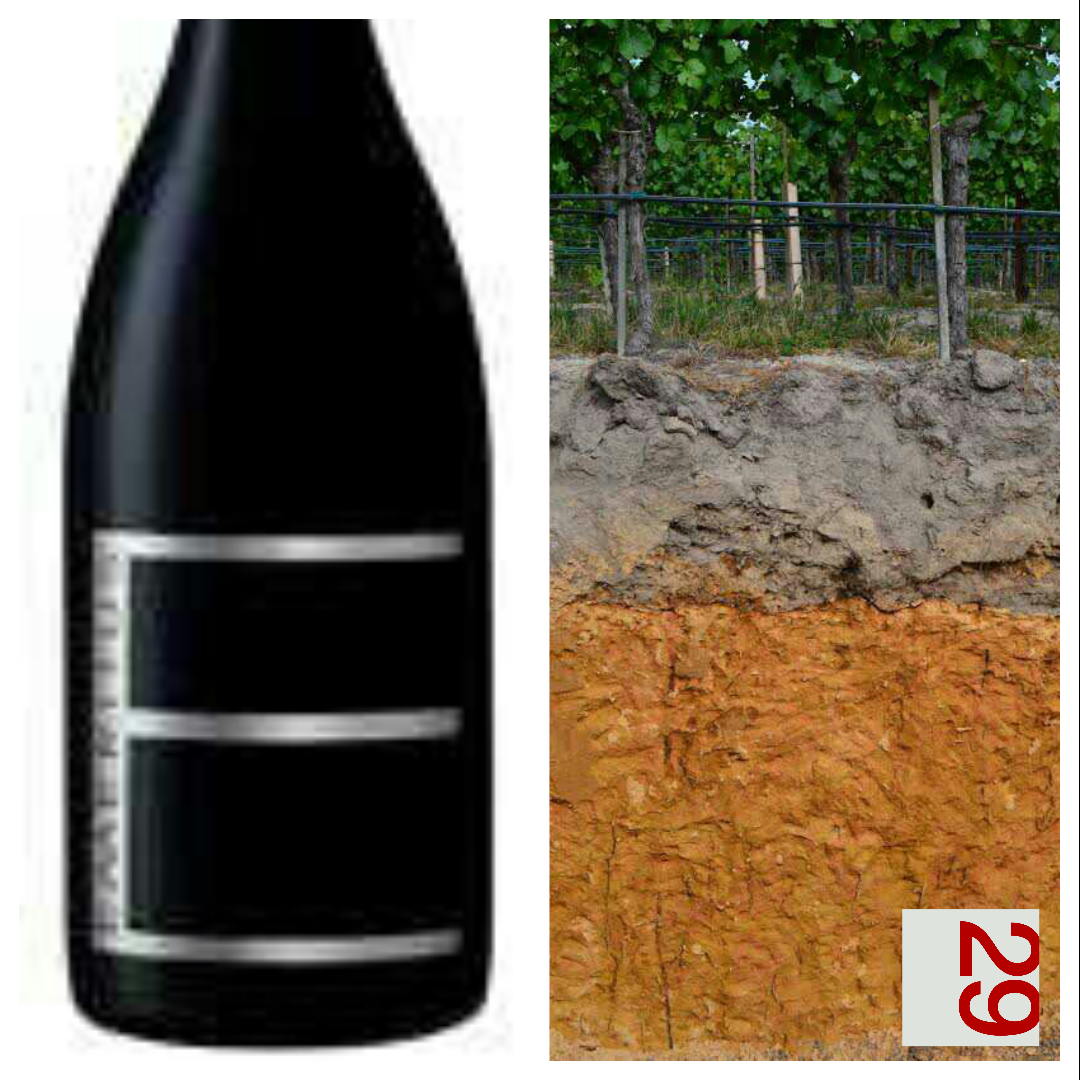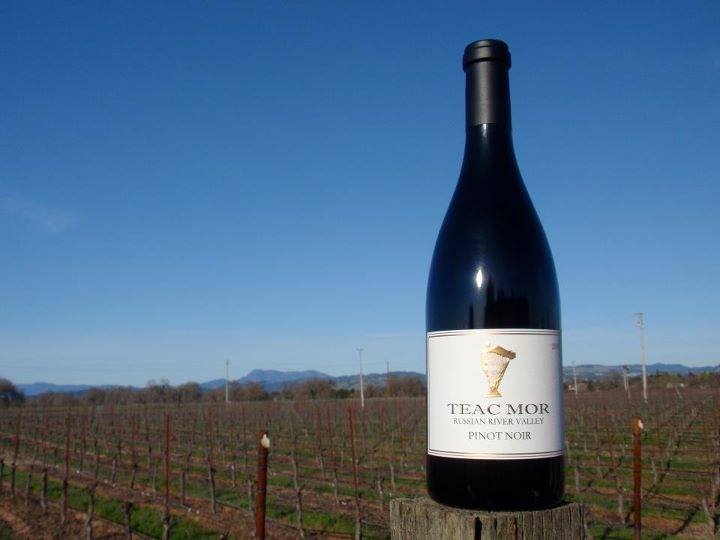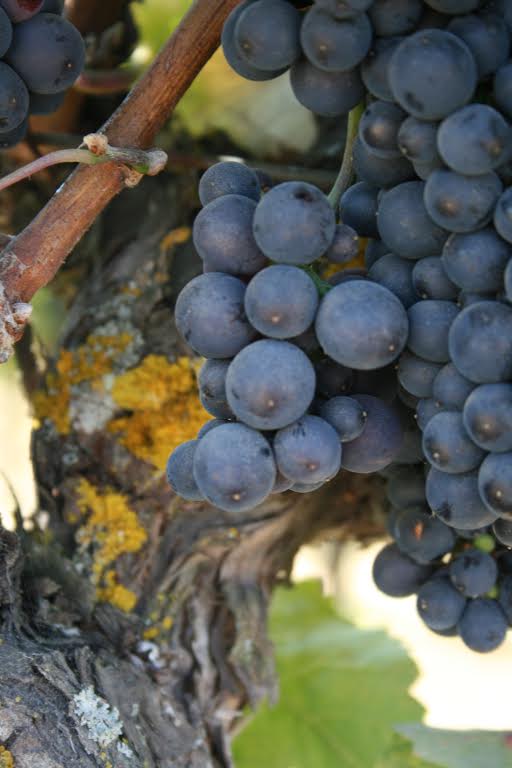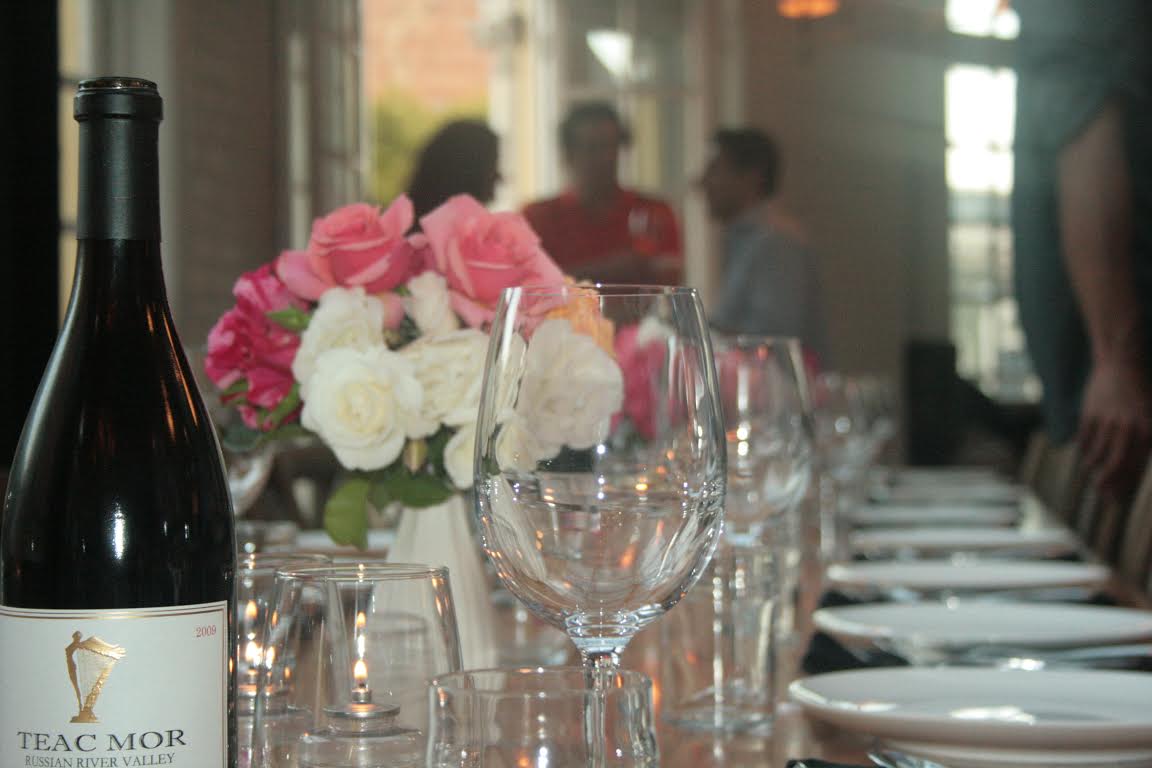Harvest 2015 is underway! To fully appreciate the art of winemaking, VAULT29 is taking you behind the scenes during the busiest - and most exciting - time of year in wine country. Here's a visually rich insider's look at the events taking place in Russian River Valley (Sonoma County) at Teac Mor.
(Photo credits: Beth Deutsche)
Learn more about Teac Mor and find out about purchasing wine by emailing christine@teacmor.com
Take a look inside the family-owned and operated winery in the Russian River Valley appellation of Sonoma County. Learn what "Teac Mor" means and get to know Steve Moore's (winemaker/vineyard manager) biodynamic approach to producing Pinot Noir and Chardonnay from their estate grown grapes. Read more here.





